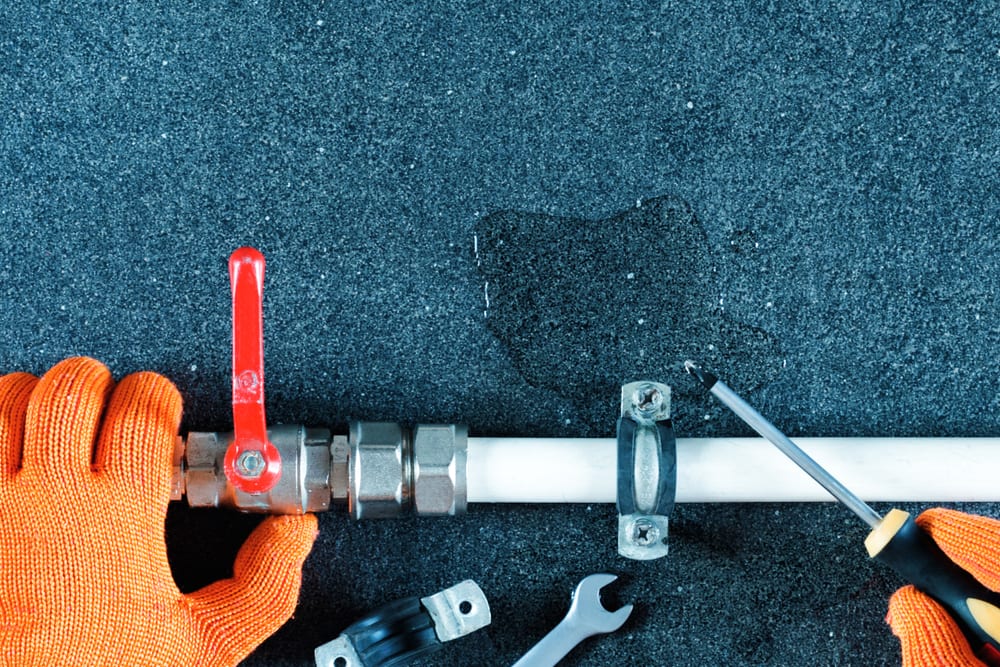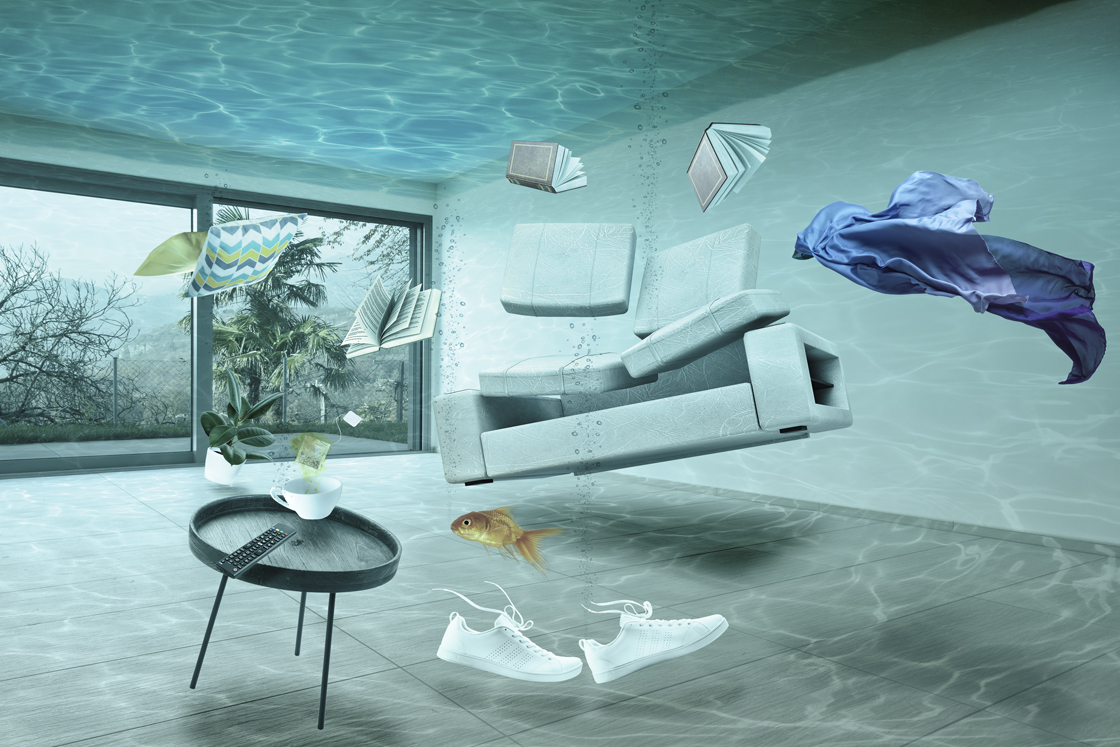What are your opinions with regards to Locating water leaks?

Early discovery of dripping water lines can minimize a potential calamity. Some tiny water leakages might not be noticeable.
1. Check Out the Water Meter
Every residence has a water meter. Inspecting it is a surefire manner in which aids you discover leakages. For starters, switch off all the water resources. Make certain nobody will purge, utilize the faucet, shower, run the cleaning machine or dishwashing machine. From there, most likely to the meter and watch if it will certainly change. Considering that nobody is using it, there ought to be no movements. That indicates a fast-moving leak if it relocates. If you discover no modifications, wait an hour or 2 and also examine back once more. This implies you might have a slow-moving leak that can even be below ground.
2. Examine Water Intake
If you detect abrupt adjustments, in spite of your consumption being the very same, it indicates that you have leakages in your plumbing system. An abrupt spike in your expense indicates a fast-moving leak.
A consistent increase every month, even with the very same routines, shows you have a slow leak that's additionally slowly escalating. Call a plumber to completely check your residential or commercial property, particularly if you really feel a warm area on your floor with piping below.
3. Do a Food Coloring Test
When it comes to water usage, 30% comes from toilets. If the shade somehow infiltrates your bowl throughout that time without flushing, there's a leakage between the storage tank as well as bowl.
4. Asses Outside Lines
Don't fail to remember to examine your exterior water lines also. Examination faucets by affixing a yard hose pipe. Ought to water permeate out of the connection, you have a loose rubber gasket. Replace this and make sure all connections are limited. It will assist get it skillfully examined as well as kept each year if you have actually got a sprinkler system. One tiny leakage can lose lots of water and also spike your water costs.
5. Check and also Assess the Circumstance
Homeowners must make it a practice to inspect under the sink counters and even inside cabinets for any kind of bad odor or mold and mildew development. These two red flags suggest a leakage so prompt focus is needed. Doing regular inspections, even bi-annually, can conserve you from a significant problem.
Inspect for stainings as well as deteriorating as many appliances and pipes have a life expectancy. If you believe leaking water lines in your plumbing system, don't wait for it to rise.
Early discovery of leaking water lines can alleviate a prospective disaster. Some tiny water leaks may not be visible. Checking it is a surefire method that helps you uncover leakages. One small leak can throw away bunches of water and increase your water bill.
If you presume dripping water lines in your plumbing system, don't wait for it to escalate.
WARNING SIGNS OF WATER LEAKAGE BEHIND THE WALL
PERSISTENT MUSTY ODORS
As water slowly drips from a leaky pipe inside the wall, flooring and sheetrock stay damp and develop an odor similar to wet cardboard. It generates a musty smell that can help you find hidden leaks.
MOLD IN UNUSUAL AREAS
Mold usually grows in wet areas like kitchens, baths and laundry rooms. If you spot the stuff on walls or baseboards in other rooms of the house, it’s a good indicator of undetected water leaks.
STAINS THAT GROW
When mold thrives around a leaky pipe, it sometimes takes hold on the inside surface of the affected wall. A growing stain on otherwise clean sheetrock is often your sign of a hidden plumbing problem.
PEELING OR BUBBLING WALLPAPER / PAINT
This clue is easy to miss in rooms that don’t get much use. When you see wallpaper separating along seams or paint bubbling or flaking off the wall, blame sheetrock that stays wet because of an undetected leak.
BUCKLED CEILINGS AND STAINED FLOORS
If ceilings or floors in bathrooms, kitchens or laundry areas develop structural problems, don’t rule out constant damp inside the walls. Wet sheetrock can affect adjacent framing, flooring and ceilings.
https://www.servicemasterbyzaba.com/blog/how-to-detect-water-leakage-in-walls/

Do you really like reading about Leaking water lines? Make a remark below. We'd be interested to listen to your views about this article. We hope that you come back again in the future. Those who enjoyed reading our article if you please do not forget to pass it around. I praise you for your time. Visit again soon.